A brake chamber is a vital component in the air brake system of heavy vehicles like trucks, buses, and trailers. Its main function is to convert compressed air pressure into mechanical force, which is used to engage the vehicle's brakes. Here's how a brake chamber works:
Air Supply: The brake chamber is connected to the air brake system of the vehicle. When the driver presses the brake pedal, compressed air is supplied from the vehicle's air reservoir through the air brake lines to the brake chamber.
Diaphragm and Push Rod: Inside the brake chamber, there is a flexible diaphragm that separates the chamber into two compartments: the service chamber and the spring chamber. The diaphragm is connected to a push rod.
Air Pressure Application: As compressed air enters the service chamber, it applies pressure to the diaphragm, causing it to move outward. This movement of the diaphragm extends the push rod.
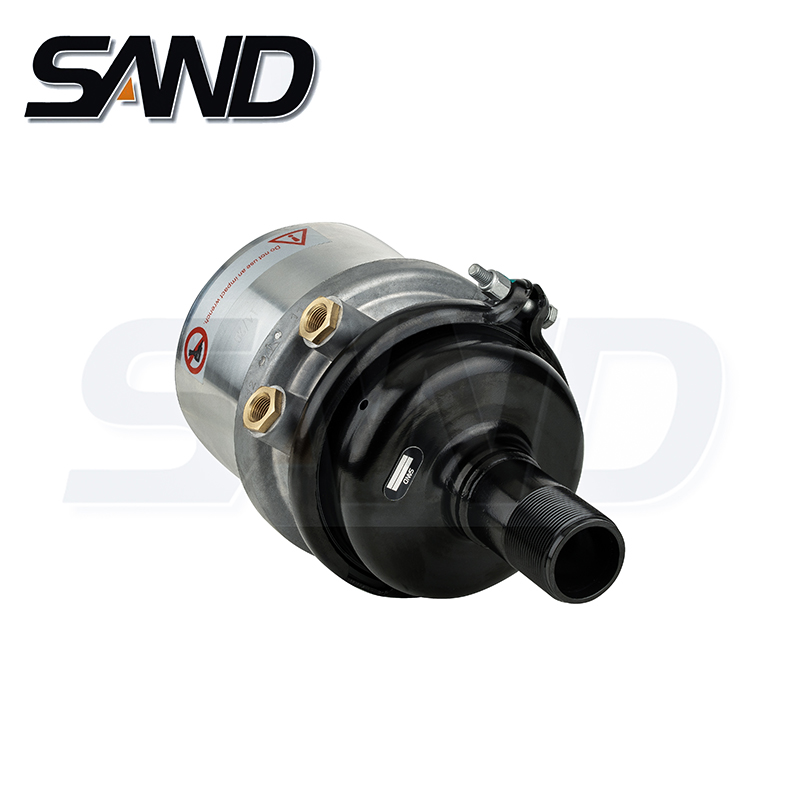
Mechanical Force Transmission: The extended push rod transmits mechanical force to the slack adjuster or S-cam (a rotating shaft with an offset cam). The slack adjuster is connected to the brake linkage or foundation brake, which can be either drum brakes or disc brakes.
Brake Activation: As the slack adjuster or S-cam rotates, it expands the brake shoes (in the case of drum brakes) or moves the brake caliper (in the case of disc brakes). This action creates friction between the brake lining and the brake drum or disc, leading to the braking of the wheel and the vehicle.
Release of Brakes: When the brake pedal is released, the compressed air in the brake chamber is released. The internal return spring in the brake chamber retracts the diaphragm and pushes the rod to its original position.
Parking/Emergency Brake Operation (Spring Brake Chambers): In some vehicles, spring brake chambers are used for parking or emergency brakes. When the air pressure is removed from the spring chamber (e.g., during a system failure or when parking the vehicle), the powerful internal spring forcefully expands, pushing the diaphragm and the push rod to apply the brakes, effectively engaging the parking or emergency brake.
The brake chamber's operation is based on the principle of using compressed air to create mechanical force, which engages the vehicle's brakes and controls its movement. Regular maintenance and inspection of brake chambers are crucial to ensure their proper functioning and contribute to the overall safety of the air brake system in heavy vehicles.


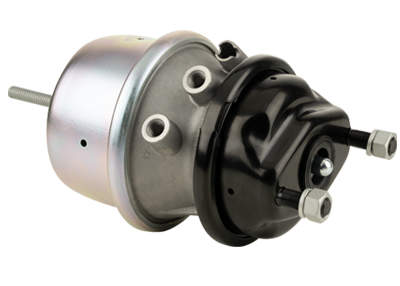
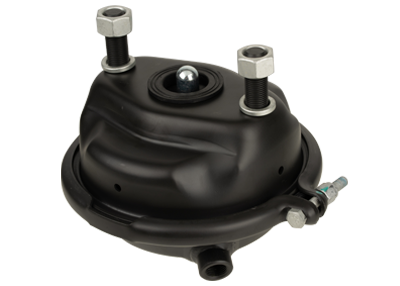
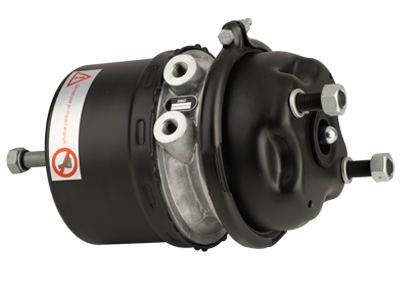

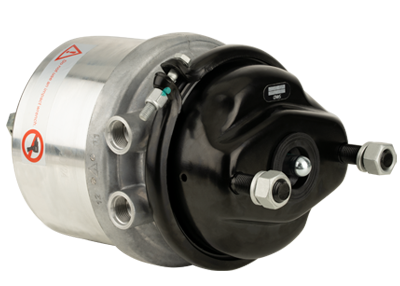
 英语
英语 中文简体
中文简体 德语
德语 俄语
俄语 西班牙语
西班牙语 法语
法语
